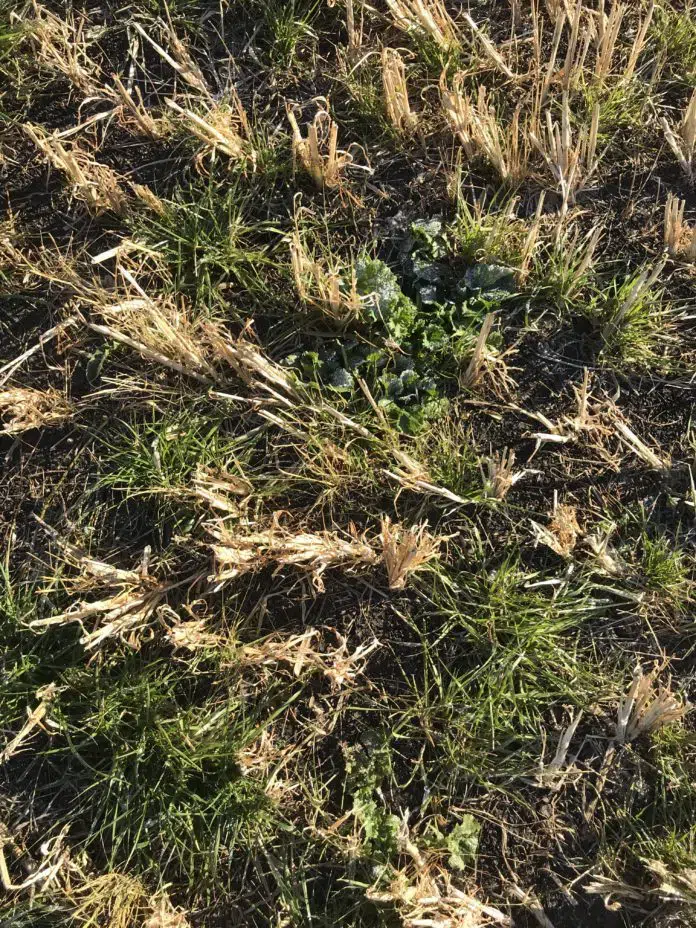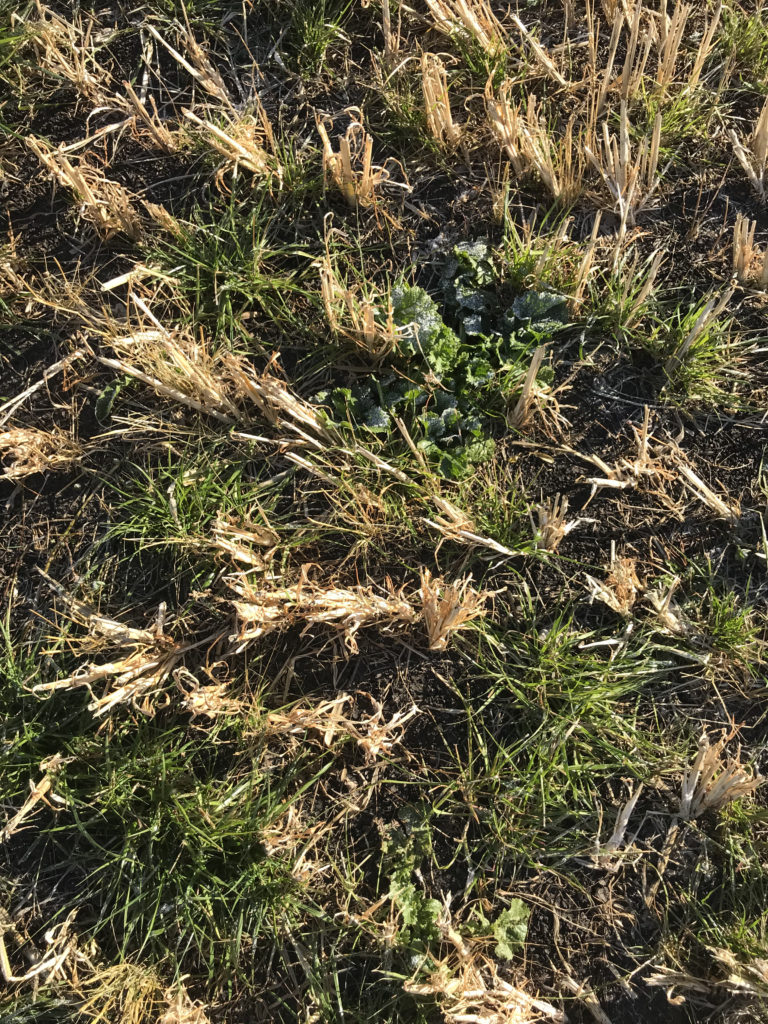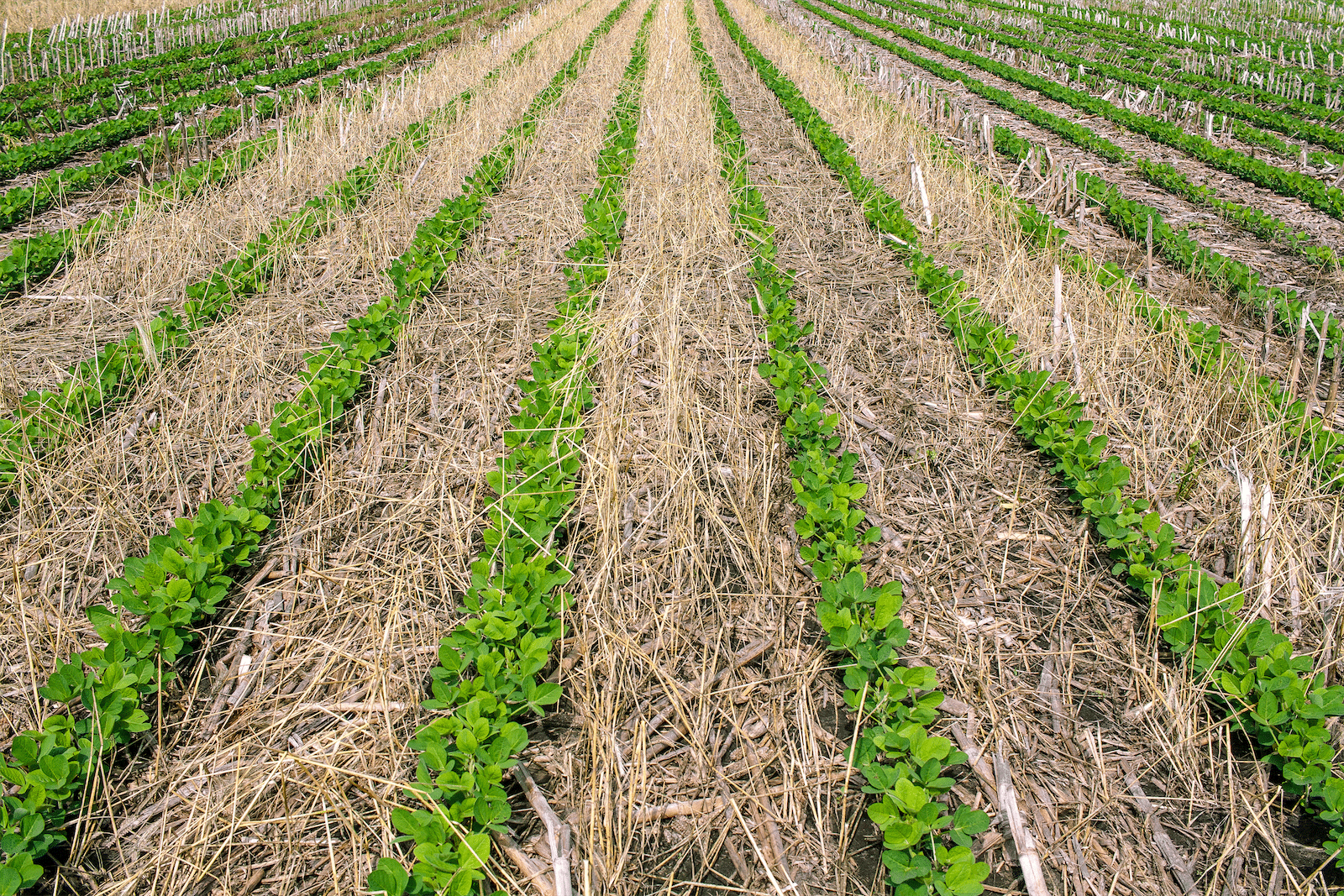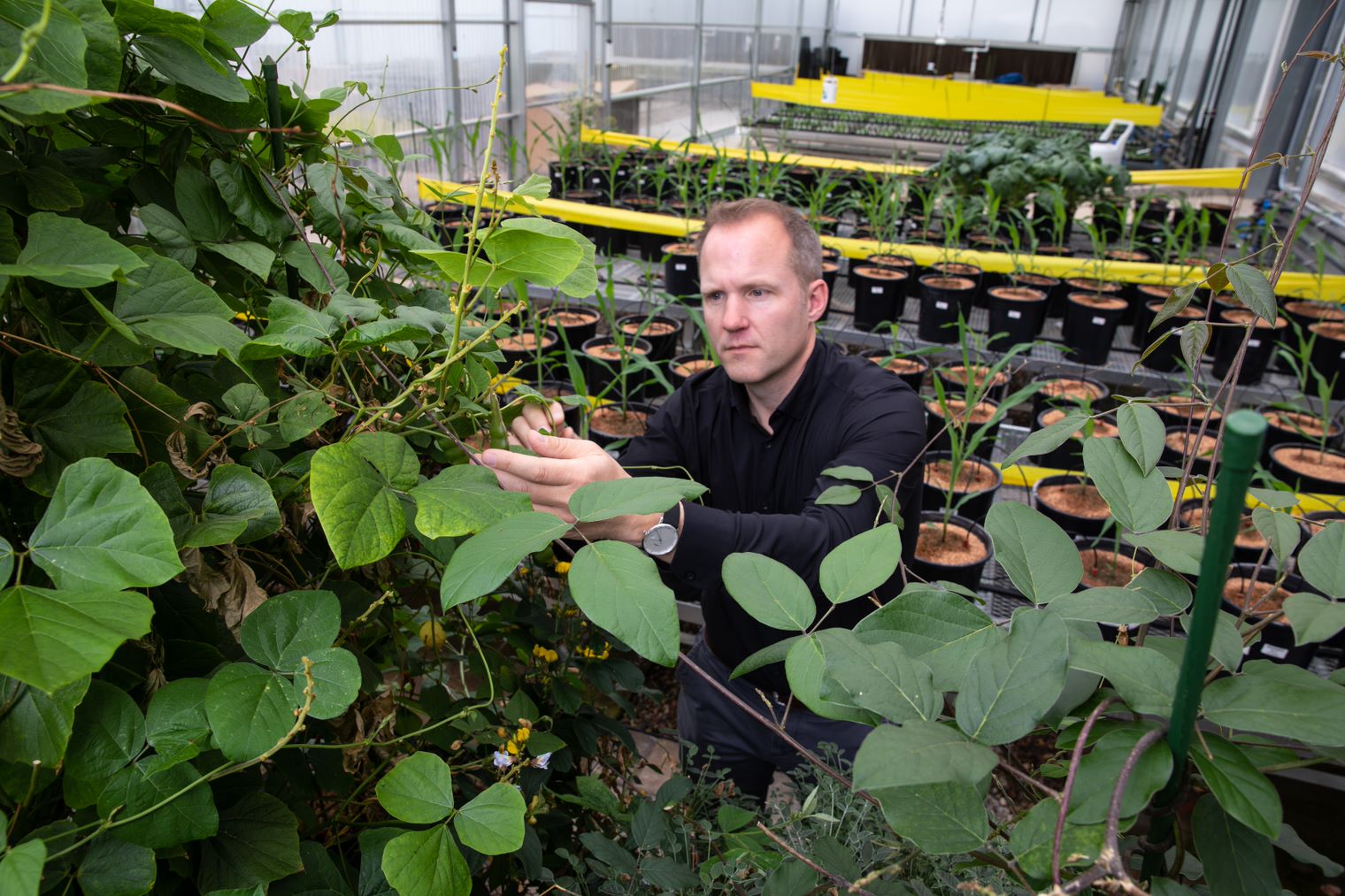There is a lot of talk about climate change. Many people point to agriculture as one of the potential sources to the answer of mitigating it. Carbon dioxide is usually talked about as the bad greenhouse gas. Agriculture has an excellent answer to help balance atmospheric carbon dioxide.
Photosynthesis is the process of combining carbon dioxide and water in a plant’s chlorophyll to produce sugar and oxygen. When a plant is in the vegetative stage, it will release up to 80 per cent of the sugar and other carbon-based compounds into the soil to feed soil biology. Over a plant’s life, it will release between 30 per cent and 50 per cent of the total carbon pulled out of the air as root exudates.

In the past, organic matter was thought to be built from above-ground plant residues. Research has shown that up to 80 per cent of the carbon in the above-ground parts of the plant are lost to the atmosphere. How stable organic matter is made is through root exudates and a healthy functioning soil microbial population.
One of the ways to capture carbon dioxide and store it is through plants, especially plants in the vegetative stage. Cash cropping annual species has most plants in the vegetative stage for 30-40 days. This is where cover crops have potential for agricultural producers to crank up their carbon sequestration.
By including a cover crop as either a relay cover crop or a post-harvest cover crop, we allow usable root exudates to be released for more days of the year by feeding more soil microbes, building organic matter, and sequestering carbon by having a vegetative plant growing.
By increasing the amount of carbon held in our soil, the soil health rises. Increases in health come from feeding the soil microbiology, stronger soil aggregation, quicker water infiltration, improved drought tolerance and a lot more. Meanwhile, the carbon dioxide is removed from the atmosphere. With the increase of carbon in the soil, the soil will be able to hold more moisture. Water actually contributes more as a greenhouse gas than what carbon dioxide does. Plus, having more moisture in our soils will help plants produce under times of reduced rainfall. That is the end goal of decreasing atmospheric carbon dioxide.
Using cover crops will help get more carbon into the soil, assuming goals are set and appropriate species are utilized. Species used as cover crops should have delayed maturity, be low growing so as not to interfere with harvest, should support mycorrhizal fungi and tie up excess nutrients (but at the same time be able to release them as the crop requires them, and to continue to feed the soil biology root exudates).
By making this one addition to our current management, we can make a difference in both the soil health and also help to mitigate climate change. Getting carbon into the soil is a win for everyone. Keeping a vegetative plant growing for as many days as possible is one of the keystones of soil health principles.
—Kevin Elmy is founder of Cover Crops Canada. His book Cover Cropping in Western Canada is available through Friesen Press, Amazon, and digitally through Apple Books, Kindle, and Google Play. For more info on Cover Crops Canada visit covercrops.ca.













